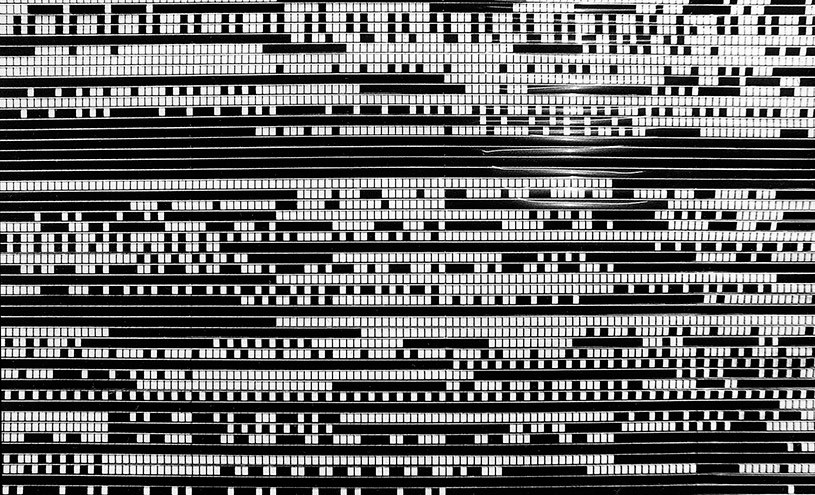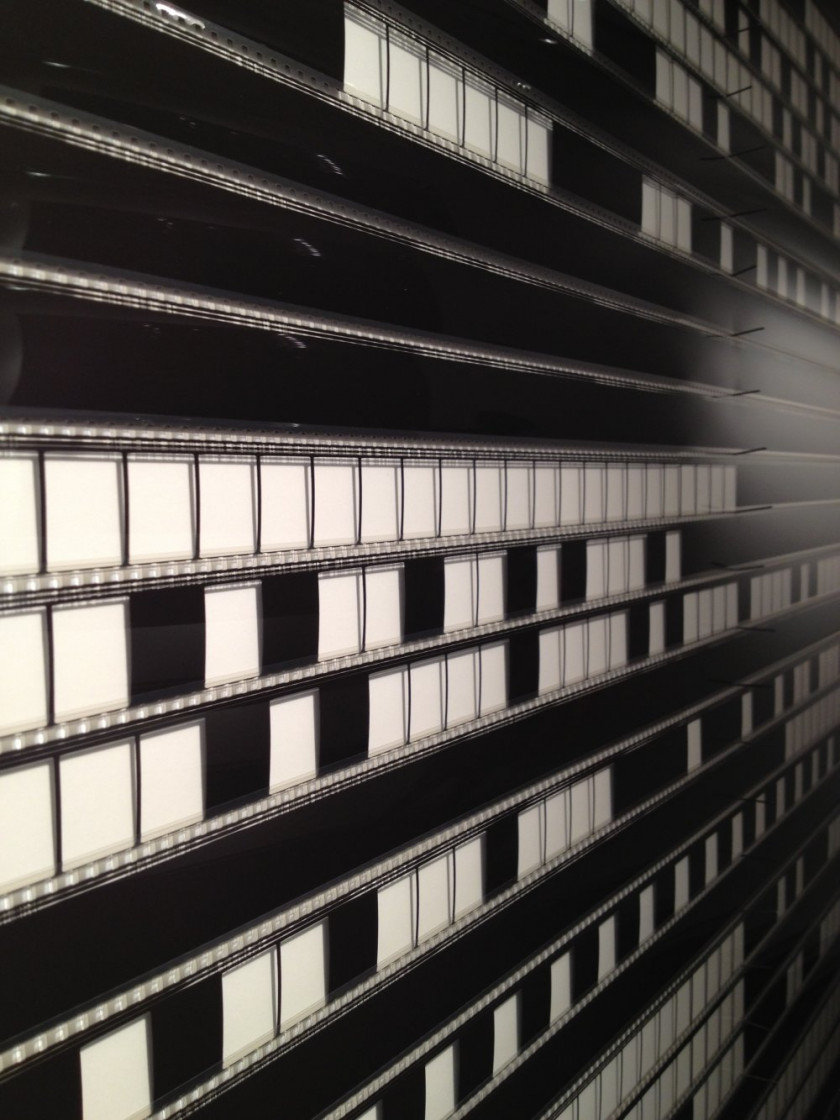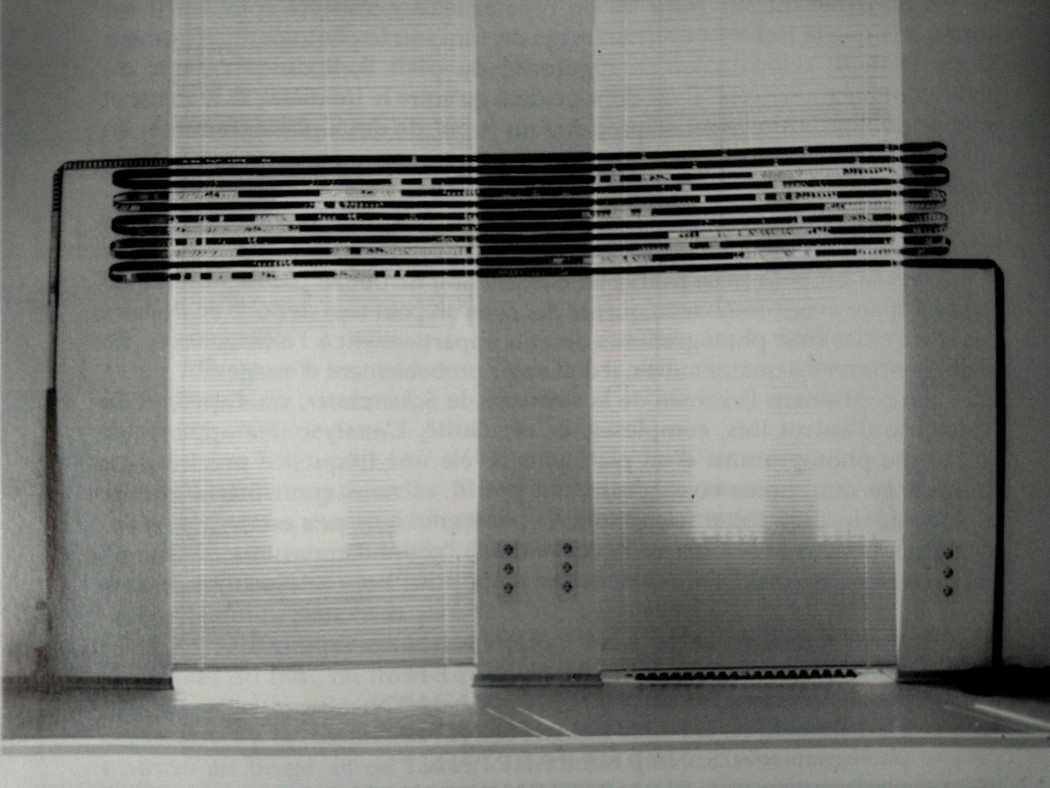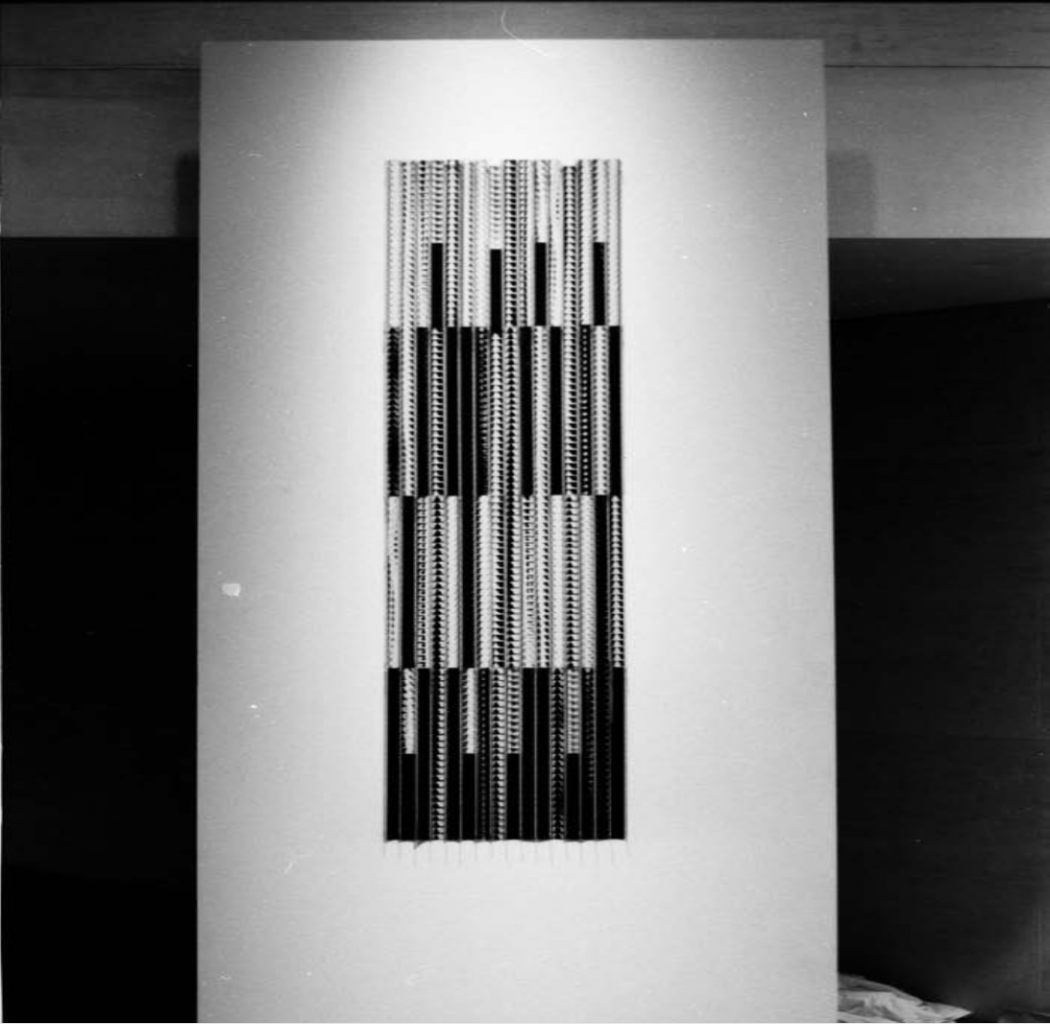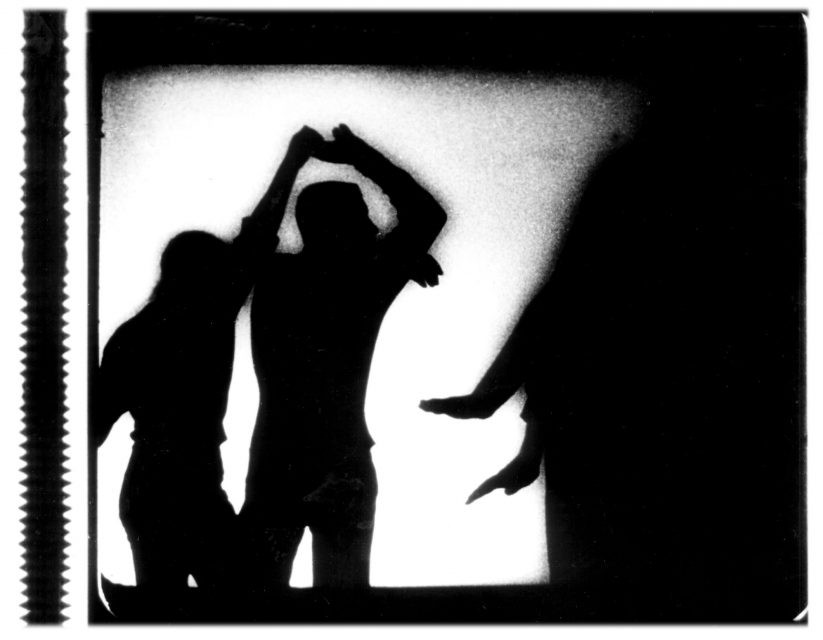The Artist
Peter Kubelka (1934-) is a central figure of the Austrian avant-garde cinema. Already as a film student, he believed that industrial cinema does not adequately reveal the specificities of film and projection. For commissions he was offered but that he did not agree with, Kubelka made three short films between 1956 and 1960 that would form the three-part cycle known as “metric cinema.” Adebar is named after the dance hall who commissioned the first film, Schwechater is a beer brand, and Arnulf Rainer is the name of the Viennese painter who received an eponymous film as a portrait: a six-and-a-half long flicker film. Kubelka established his theory of metric film with these three works, based on the principles of serial music and permutation.
For the first time, a filmmaker measured time solely in terms of the length of strips and the number of frames, in dosages of positive and negative images. Each plan is self-contained and rigorously articulated with the others in order to provoke a sensation rather than a narrative. The whole is based on pre-established formulae by its author, aiming to create a symbolic order, thus belonging to the classicism tradition. Each of these three films was conceived in two forms, one projectable and one sculptural – the film is exhibited in accordance with a strict protocol.
This triptych represents a watershed moment in cinema history. Films of a rhythmical composition become physical compositions. The original filmic material is the subject whether the works are projected or hung on the wall. Since this action, Kubelka has been the reference for all so-called structural or materialist cinema. Kubelka’s understanding of the cinema apparatus is combined with his fascination for pre-technological civilizations: “My goal is to inspire a movement in opposition to the direction that life is taking in our civilization, away from meanings and from a sensory life.” (P. Kubelka).
His aesthetic research is accompanied by working in education, collection, and preservation. In Vienna, he co-founded the Oesterrichisches Filmmuseum, and later the Anthology Film Archives in New York. He created The Invisible Cinema, a projection room that allows you to see a film in its most essential form. He gives lectures on cinema’s unwritten theories, in which cinema collides with music and cooking. Ponthus Hulten invited him in 1976 to curate the film collection of MNAM (Paris Pompidou Center) and to organize a retrospective. The screening of over 300 films created an alternative history from the commercial cinema. He was appointed professor at Frankfurt’s Academy of Fine Arts in 1978. He also taught at New York University and in Chicago. He now lives and works in Vienna.
The Gallery
Founded in 2005 in the wake of the film publishing house Re: Voir vidéo, TFG is a non-profit gallery specializing in the exhibition and diffusion of experimental cinema, the installation and performativity of filmic works.
TFG represents on the one hand founding artists who participated in movements such as Dada, Lettrism or Fluxus. On the other hand, TFG supports an emerging scene that expresses itself through video art, silver film or film installation, following the traces of these historical avant-gardes, in the light of a contemporary critical apparatus.
TFG’s commitment is to resist the obsolescence of projection machines, to renew their language and to share and perpetuate a fragile and invisibilized cinematographic form.
Information
43 Rue du Faubourg Saint-Martin
75010 Paris France

